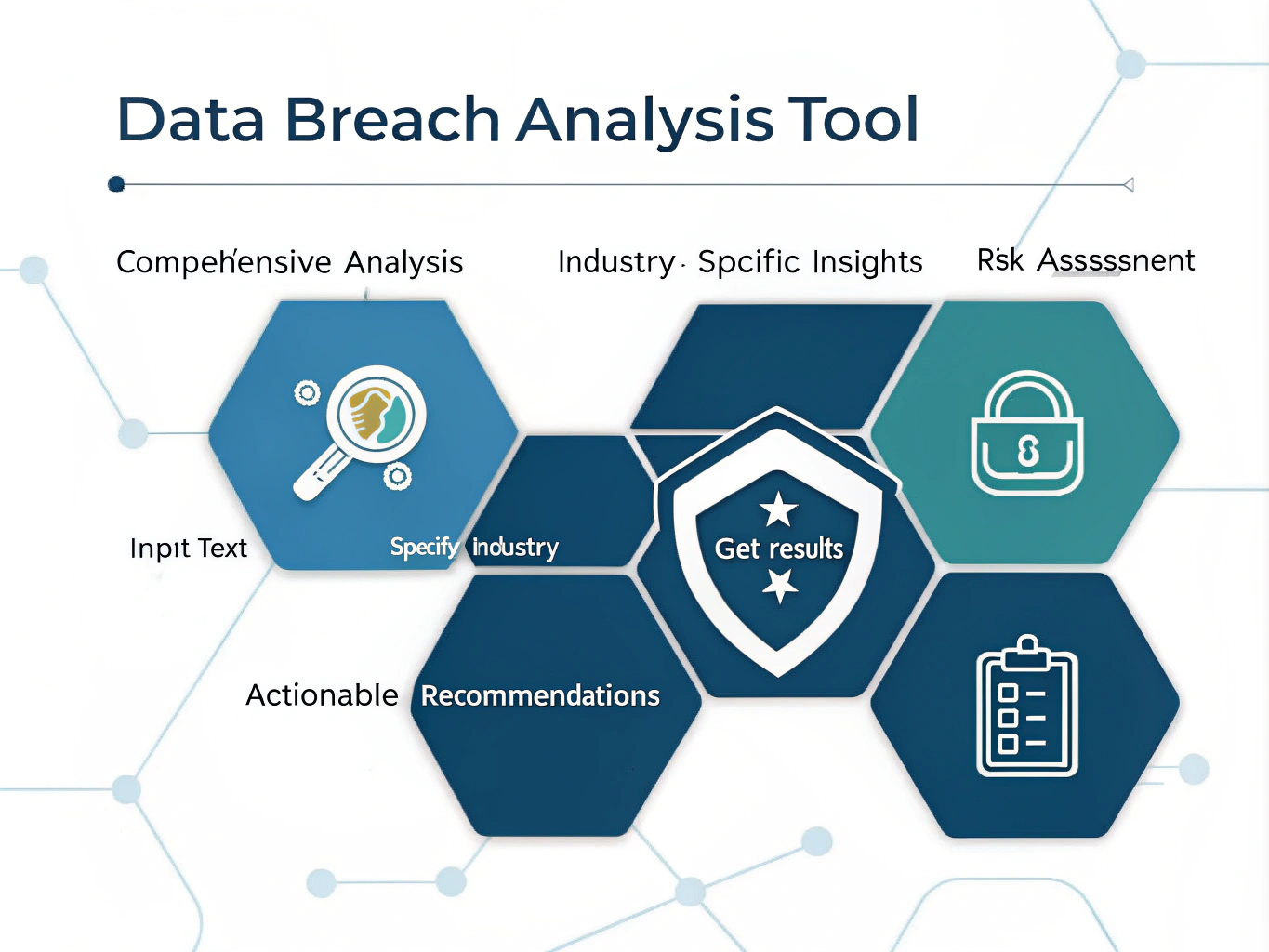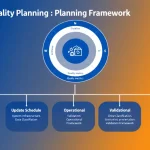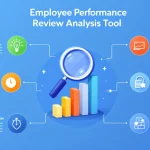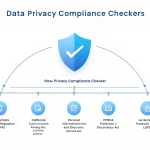Data Breach Implications Analyzer
Is this tool helpful?
How to Use the Data Breach Implications Analysis Tool Effectively
Follow these simple steps to get the most accurate and insightful analysis from the Data Breach Implications Analysis Tool:
-
Enter the Text Content: Paste the text you want the tool to analyze for data breach risks and implications. This might include excerpts from security reports, breach notifications, or internal investigations. For example:
- “An energy company recently experienced a ransomware attack that locked down critical control systems, causing a week-long outage. Customer data was not affected, but operational risks escalated.”
- “A financial services firm identified unauthorized access to its transaction databases through a compromised API key, exposing client account numbers.”
-
Specify Industry Context (Optional): Enter the industry or sector relevant to your text. This step helps the tool tailor its analysis, focusing on specific regulations, common threats, and best practices within that field. Sample inputs include:
- “Manufacturing and Industrial Automation”
- “Banking and Financial Services”
- Submit for Analysis: Click the analyze button to start processing. The tool quickly examines the text, breaking down causes, consequences, and offers strategic recommendations.
- Review and Use the Results: View the detailed breakdown of breach implications, including potential vulnerabilities, impact assessment, and mitigation suggestions. Copy the analysis to your clipboard for documentation, reporting, or further review.
What the Data Breach Implications Analysis Tool Does and Why It Matters
The Data Breach Implications Analysis Tool helps you quickly assess the risks and outcomes linked to a data breach by analyzing detailed text inputs. Whether you’re a cybersecurity professional, risk manager, or executive, this tool offers clear insights into how breaches happen, what damage they cause, and how to reduce risks going forward.
Harnessing natural language processing and machine learning, this tool examines your input for key patterns and themes related to data security breaches. It identifies vulnerabilities, highlights legal and regulatory factors, and suggests practical prevention and response steps tailored to the context you provide.
Key Benefits You Gain from Using This Tool
- Accelerated Analysis: Instantly generate comprehensive breach impact assessments without spending hours on manual review.
- Risk Identification: Discover hidden vulnerabilities and potential consequences you might overlook.
- Targeted Recommendations: Receive actionable steps specific to the breach details and your industry’s needs.
- Regulatory Awareness: Gain insights into compliance issues related to data protection laws like GDPR, HIPAA, and CCPA.
- Industry-Specific Focus: Customize analysis based on sector challenges, technologies, and standards.
- Improved Response Planning: Enhance your incident response and mitigation strategies with detailed breach scenarios.
Practical Uses for the Data Breach Implications Analysis Tool
1. Strengthen Cybersecurity Strategies
Use the tool to review recent breaches in your industry to pinpoint common attack vectors and weaknesses. For instance, if multiple incidents involve compromised vendor software, you can prioritize third-party risk management efforts.
2. Enhance Incident Response and Training
Generate realistic breach scenarios based on actual events for staff training. This helps your security teams prepare for similar threats by practicing real-world response actions.
3. Perform In-Depth Risk Assessments
Analyze multiple breach reports to identify trends, quantify risk exposure, and adjust your security controls accordingly, improving your overall cybersecurity posture.
4. Support Compliance and Legal Preparedness
Stay informed about enforcement trends and regulatory priorities highlighted in breach reports to better prepare your legal and compliance teams.
5. Inform Executive Decision-Making
Provide leadership with concise summaries of breach impacts and recommendations, helping secure budgets and guide strategic cybersecurity investments.
Frequently Asked Questions about the Data Breach Implications Analysis Tool
How does the tool analyze data breach content?
The tool uses natural language processing algorithms to extract critical information about breach causes, affected data types, regulatory factors, and potential consequences from your text.
Can I use it for hypothetical or fictional breach scenarios?
Yes, you can input any detailed breach description, real or hypothetical, to explore potential risks and mitigation strategies.
Is the tool optimized for different industries?
When you specify an industry, the tool adjusts its focus to reflect sector-specific threats, technologies, and compliance requirements, producing more relevant insights.
How soon will I receive the analysis results?
Analysis typically completes within seconds, depending on text length and complexity, delivering actionable insights quickly.
Are there any limits to the text length I can submit?
The tool handles a wide range of input sizes but performs best with submissions under 5000 words.
Can I save or export the analysis?
You can copy the analysis results to your clipboard for easy copying into reports, documents, or presentations.
Will the tool help with compliance regulations like GDPR?
The tool provides insights related to GDPR and similar regulations but is not a substitute for professional legal advice.
Summary
The Data Breach Implications Analysis Tool lets you analyze detailed text about data breaches to identify risks, consequences, and actionable strategies. By providing industry-specific insights and tailored recommendations, it helps you take informed steps to improve security, ensure compliance, and prepare for incidents. Use this tool to turn complex breach information into clear, practical guidance.
Important Disclaimer
The calculations, results, and content provided by our tools are not guaranteed to be accurate, complete, or reliable. Users are responsible for verifying and interpreting the results. Our content and tools may contain errors, biases, or inconsistencies. Do not enter personal data, sensitive information, or personally identifiable information in our web forms or tools. Such data entry violates our terms of service and may result in unauthorized disclosure to third parties. We reserve the right to save inputs and outputs from our tools for the purposes of error debugging, bias identification, and performance improvement. External companies providing AI models used in our tools may also save and process data in accordance with their own policies. By using our tools, you consent to this data collection and processing. We reserve the right to limit the usage of our tools based on current usability factors.







